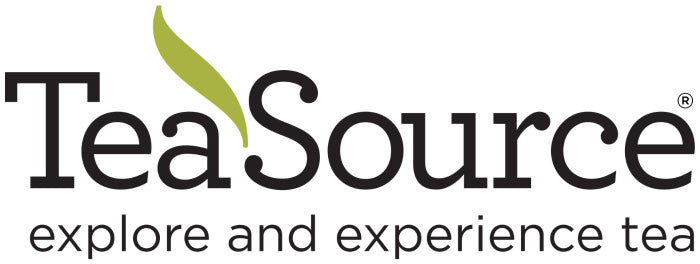
- Preparing Iced Tea
- Preparing Chai Tea
- Preparing Puer Tea
- Preparing Matcha Green Tea
- Preparing Tea Gongfu Style
All TeaSource tea comes with suggested steeping suggestions on the back of the bag. Remember to refer to these instructions when making your tea. Preparing tea properly can be easy and delicious if you follow these basic guidelines, but feel free to experiment and adjust to fit your personal tastes.
Use Good Tea
Use the best tea that is available to you. Good tea is a bargain. A tea that costs $100.00 per pound, only costs $0.50 cents per cup when steeped. Use fresh, loose leaf tea for the best results.
Use Good Water
When making any tea, be sure you begin with good water, it makes up over 90% of the end product. Water quality and taste vary greatly between locales. If your water tastes really good out of the tap, chances are it will make good tea.If there is a noticeable unpleasant taste (metallic, chlorine, earthiness, etc.) it will come through in the tea. A simple, inexpensive solution is a store-bought water filter, such as a Brita or Pur filter. Spring water also works well. We do not suggest using distilled water.
Heat the Pot
Pour a small amount of hot water into the pot to warm it before beginning to make your tea. For best results, always make tea with fresh water, not water that has been previously boiled or has been sitting around.
Measure the Tea
The standard guideline for tea is to use one rounded, measuring teaspoon (3 grams) of tea for each 8 ounce cup of water. When measuring, take the leaf size into account. For example, if you are preparing a very fine particle tea, such as Breakfast Assam, use a level teaspoon. If you are preparing a large-leaf, bulky tea, such as White Peony, use two teaspoons per cup. In either case, the approximate weight of the tea should be 3 grams of tea per cup.
Measure the Water Temp
Different teas require different water temperatures for steeping. Using water that is too hot results in bitter tea and is probably the most common error people make when preparing tea. You can use a thermometer or visual cues to gauge water temperature.
|
Tea Category
|
Water Temperature
|
Visual Cues
|
|
Black
|
212 degrees
|
Full, rolling boil
|
|
Oolong
|
190-200 degrees
|
Steaming rapidly, little bubbles
|
|
Green
|
175-185 degrees
|
Gentle steam, no bubbles
|
|
White
|
175 degrees
|
Very light steam
|
|
Puer
|
208-212 degrees
|
Just off the boil
|
|
Dark
|
195-205 degrees
|
Steaming rapidly, little bubbles
|
|
Herbal
|
212 degrees
|
Full, rolling boil
|
*If your water boils and you need cooler water, just add a little cold water to the kettle to bring the temperature down quickly
Time the Steep
Different teas require different steep times. Refer to the instructions on the bag for the specific steep time for each tea. Avoid steeping tea longer than recommended. If tea steeps too long it often becomes bitter. Using a timer when steeping tea is highly recommended.
Leaf Expansion
All teas require room for the leaf to expand as it steeps. Whatever preparation method you use make sure there is enough room for the leaf to expand 3-5 times in size as it steeps. Brewing the leaves loose in the pot and then straining works well, as do tea infusers and T-sacs. Whatever type of infuser you use, make sure there is plenty of room for the leaves to expand so the full flavor of the tea gets released into your cup.
Stop the Steeping
Once the tea has steeped for the proper amount of time, separate the leaves from the liquid. This stops the steeping process so the tea does not oversteep and become bitter. Using T-sacs or filters makes this step easy. When the leaves are removed, the tea is ready to be served. Enjoy!
